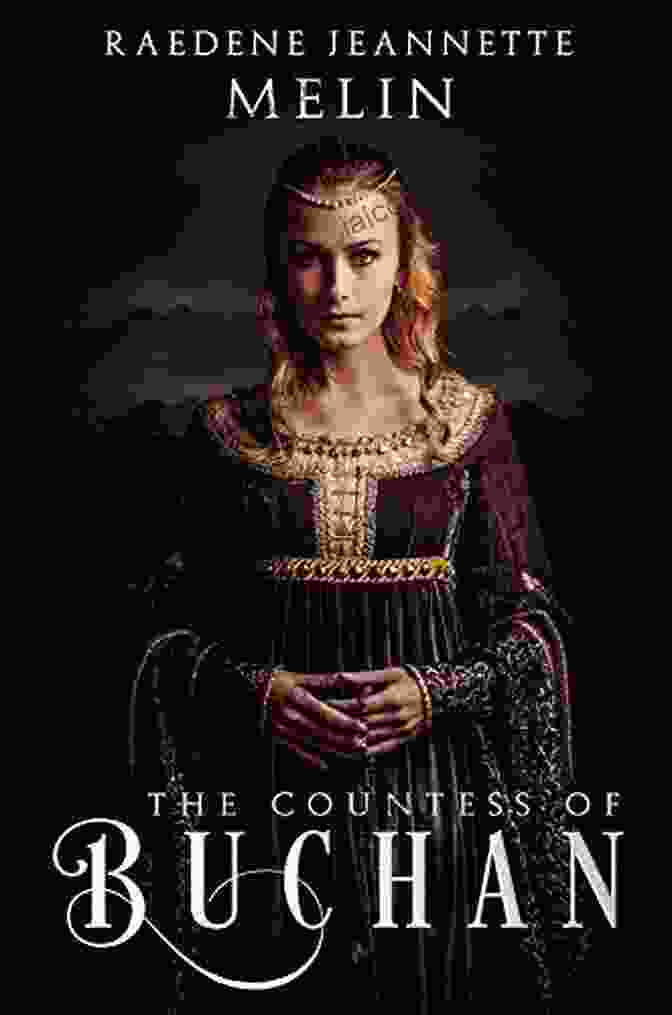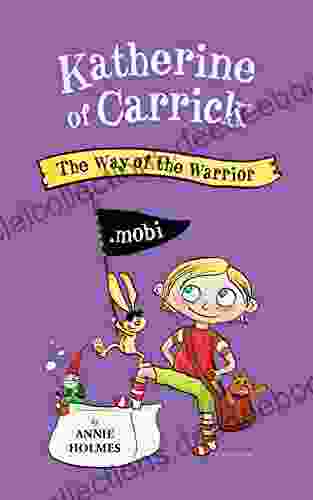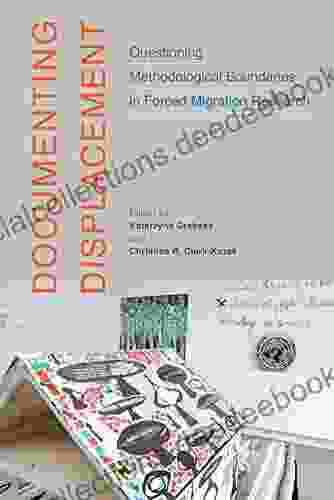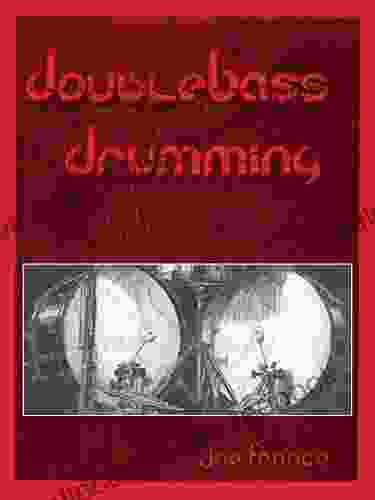
Early Life and Marriage
Born around 1305, Katherine Bruce was the daughter of Robert Bruce, Earl of Carrick, and Marjorie of Carrick. Her father would later become King Robert I of Scotland, leading the Scottish resistance against English rule in the First War of Scottish Independence.
5 out of 5
| Language | : | English |
| File size | : | 20337 KB |
| Text-to-Speech | : | Enabled |
| Screen Reader | : | Supported |
| Enhanced typesetting | : | Enabled |
| Word Wise | : | Enabled |
| Print length | : | 569 pages |
| Lending | : | Enabled |
Katherine's marriage to David Stewart, Earl of Buchan, in 1315, marked a significant moment in her life. Her husband was a close ally of her father and a prominent figure in the Scottish resistance. Together, they would become one of the most powerful couples in Scotland.
Embracing the Warrior's Path
In a time when women were expected to conform to traditional roles, Katherine broke all conventions. As a noblewoman, she had access to education and training in martial arts. This is likely where she developed her remarkable fighting skills and strategic thinking.
With her husband often away on military campaigns, Katherine took on the responsibilities of defending their lands. She assembled a formidable army, consisting of both loyal men and women, ready to fight for their homeland.
Battle of Stirling Bridge
Katherine's military prowess was first put to the test at the Battle of Stirling Bridge in 1314. Alongside her father and husband, she played a crucial role in the decisive Scottish victory against the invading English forces led by King Edward II.
During the battle, Katherine's army demonstrated a level of discipline and coordination that belied their feudal origins. They charged into battle with spears and swords, fighting with unwavering determination. Katherine herself fought alongside her men, inspiring them with her courage and leadership.
Contesting the English
Throughout the First War of Scottish Independence, Katherine continued to lead her army in defense of her homeland. She fought against the English in various skirmishes and campaigns, earning a reputation as a formidable warrior.
In 1319, she captured the English-held Kildrummy Castle, demonstrating her strategic brilliance and military prowess. This victory was a major blow to English authority in Scotland.
Countess of Buchan and Beyond
In 1331, Katherine's husband was killed at the Battle of Halidon Hill. Despite her grief, she continued to lead her army and defend her lands. She became known as the Countess of Buchan, a title that symbolized her independence and authority.
As a powerful and influential figure, Katherine played a vital role in the Scottish court. She was a trusted advisor to her brother, King David II, and a respected voice in political and military affairs.
Battle of Flodden
Katherine's life of combat and conflict continued until her death in 1357. At the age of 52, she led her army into battle against the English at the Battle of Flodden. Although the Scottish forces were ultimately defeated, Katherine's bravery and leadership inspired her men to fight until the end.
Legacy of a Warrior
Katherine of Carrick's life and achievements stand as a testament to the indomitable spirit of the Scottish people. As a woman who defied societal norms and excelled in a male-dominated realm, she became a legendary figure in Scottish history.
Her military prowess, leadership skills, and unwavering determination continue to inspire generations of Scots to this day. Katherine of Carrick is remembered as a fearless warrior who defended her homeland and left an indelible mark on Scottish history.





























































































